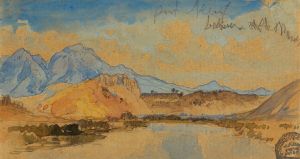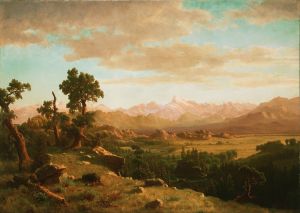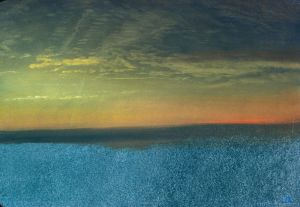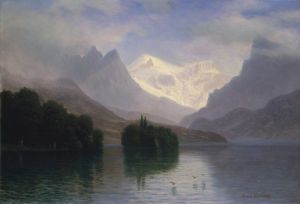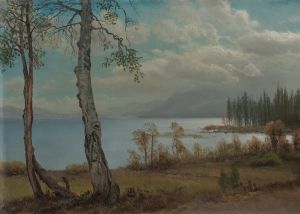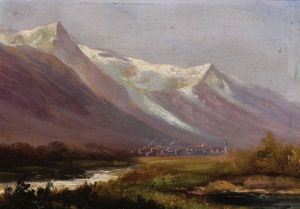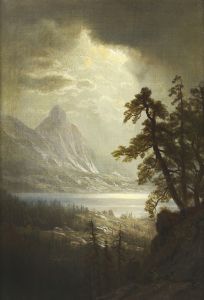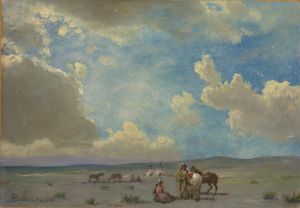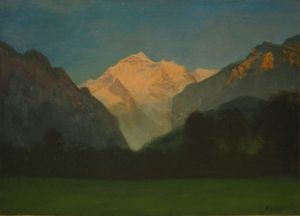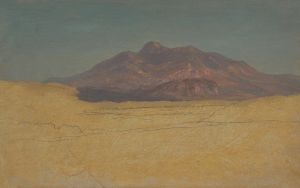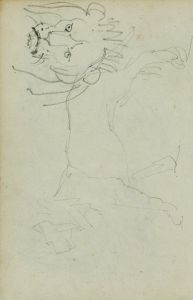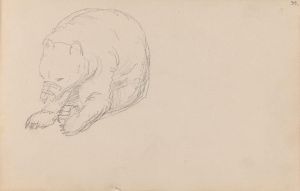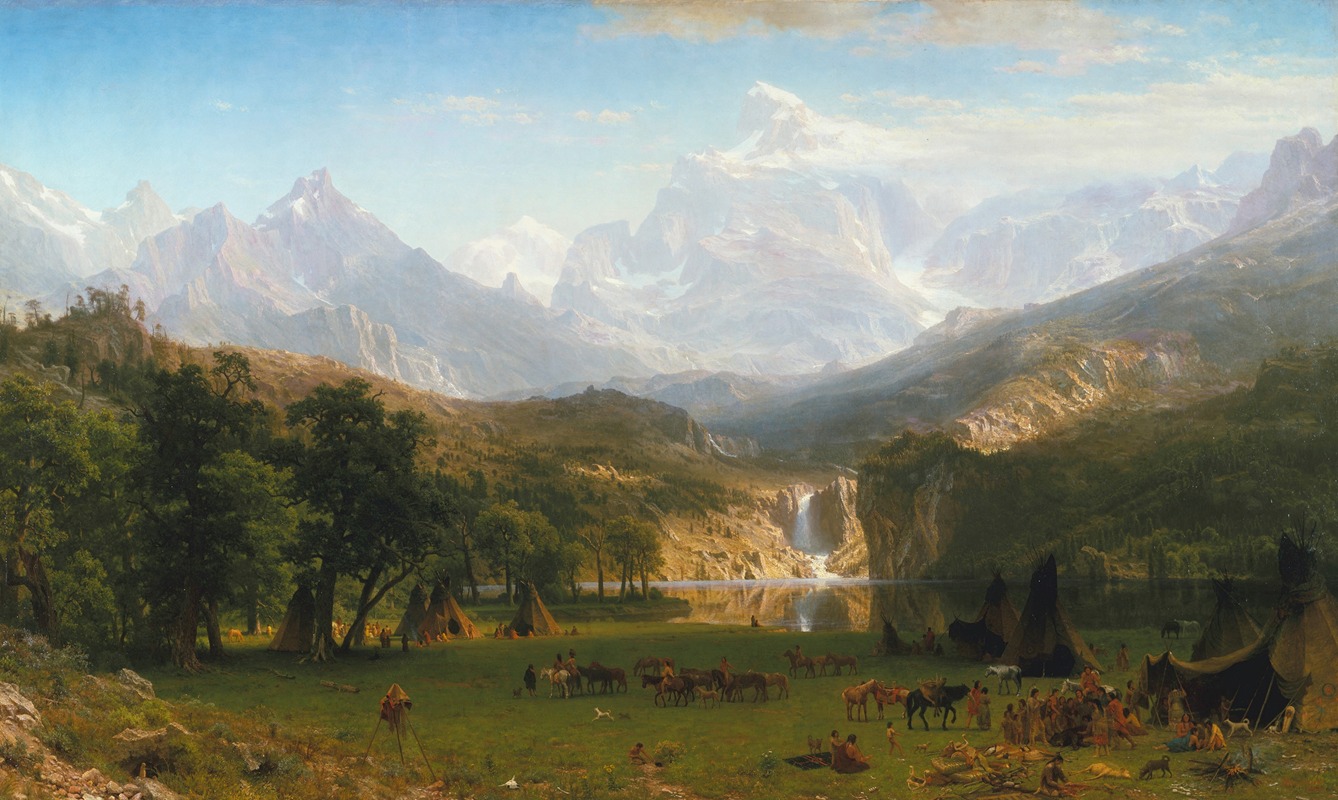
The Rocky Mountains, Lander’s Peak
A hand-painted replica of Albert Bierstadt’s masterpiece The Rocky Mountains, Lander’s Peak, meticulously crafted by professional artists to capture the true essence of the original. Each piece is created with museum-quality canvas and rare mineral pigments, carefully painted by experienced artists with delicate brushstrokes and rich, layered colors to perfectly recreate the texture of the original artwork. Unlike machine-printed reproductions, this hand-painted version brings the painting to life, infused with the artist’s emotions and skill in every stroke. Whether for personal collection or home decoration, it instantly elevates the artistic atmosphere of any space.
The Rocky Mountains, Lander’s Peak is an oil-on-canvas painting created in 1863 by the German-American artist Albert Bierstadt. This work is one of Bierstadt's most celebrated pieces and is considered a quintessential example of the Hudson River School style, which emphasized romanticized depictions of the American landscape. The painting measures 73.5 x 120.75 inches (187 x 307 cm) and is currently housed in the Metropolitan Museum of Art in New York City.
Albert Bierstadt painted The Rocky Mountains, Lander’s Peak following his travels to the American West in 1859 as part of the Lander Expedition, led by Frederick W. Lander. The expedition aimed to survey a potential route for a transcontinental railroad. Bierstadt was deeply inspired by the dramatic landscapes he encountered during this journey, and his experiences provided the foundation for many of his later works. Although the painting is titled after Lander's Peak, a mountain in the Wind River Range of Wyoming, Bierstadt's depiction is not a strictly accurate representation of the location. Instead, it combines elements of realism and idealism, creating a romanticized vision of the American wilderness.
The painting portrays a serene and majestic landscape dominated by a towering mountain peak, which rises dramatically in the background. In the foreground, a tranquil lake reflects the surrounding scenery, while a group of Native Americans and their encampment are depicted along the water's edge. The inclusion of the Native American figures adds a human element to the scene, though their portrayal reflects the 19th-century romanticized view of Indigenous peoples rather than an ethnographically accurate representation. Bierstadt's use of light and shadow, as well as his meticulous attention to detail, enhances the sense of grandeur and awe in the composition.
The Rocky Mountains, Lander’s Peak was first exhibited in 1864 at the Sanitary Fair in New York City, an event organized to raise funds for Union soldiers during the American Civil War. The painting was met with critical acclaim and solidified Bierstadt's reputation as one of the leading landscape painters of his time. It was purchased by the art collector James McHenry for $25,000, a significant sum at the time, further underscoring its importance and popularity.
Today, the painting is recognized as a masterpiece of 19th-century American art and a key example of the Hudson River School's celebration of the natural beauty of the United States. It continues to be admired for its technical skill, dramatic composition, and its role in shaping perceptions of the American West during a period of rapid expansion and exploration.





